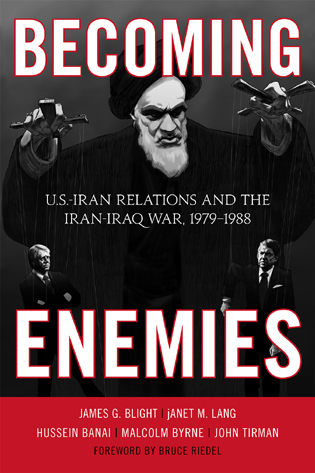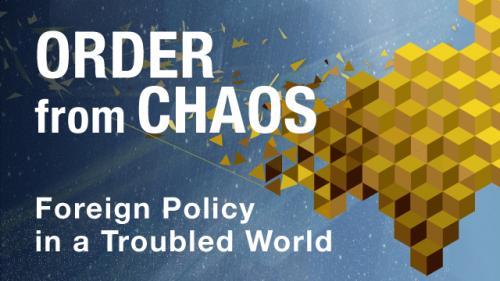In 2012 and 2013 when the “Arab Spring” gave way to the “Arab Turmoil,” the term “the end of Sykes-Picot” came into vogue. It was short-hand for the contention that the political order and state system that Britain and France constructed in the core area of the Middle East in the early 20th century had come to an end. Today, we might speak of “a new Sykes-Picot,” but of a very different ilk: The term could now refer not to the imperial designs of European colonial powers, but to the hegemonic ambitions of Iran.
With the Syrian civil war raging, ISIS surging, Iraq divided into essentially three entities, Lebanon dominated by Hezbollah, and Jordan’s stability threatened by ISIS and the burden of a million Syrian refugees, it has been plausible for several years now to think about secessions, partitions, and redrawing boundaries. However, near-universal opposition to border changes has meant that the current boundaries seem durable, even if the states they outline aren’t stable.
Enter: Iran, which has hegemonic ambitions in the region. Iran has acquired a dominant position in Lebanon through its proxy Hezbollah, keeps Bashar Assad in power in Syria (in cooperation with Russia), and directly influences the central government and Shiite community in Iraq. As Israeli analyst Ehud Yaari recently wrote in a Foreign Affairs article, Iran is trying to build two corridors—a northern one and a southern one—manned mostly by Shiite proxies that would grant it access to the Mediterraean, guarantee its hegemony in the Levant, and present a novel and ominous challenge to Israel.
If successful, it would establish a new order in the core area of the Middle East. Curiously, Iran’s drive for access from the eastern part of the Middle East to the Mediterranean resembles a major dimension of the original Sykes-Picot accord. In preparation for the negotiations that led to the 1916 Anglo-French agreement, the Foreign Office established the De Bunsen commission in order to identify and map Britain’s interests in the region. In its report, the commission recommended that Britain obtain territorial contiguity from Iraq to the Mediterranean in order to lay an oil pipeline and a railroad. Indeed, British negotiators and subsequent policymakers made sure that Britain obtain control of the southern part of the Levant, and did lay the pipeline that led to the refinery in Haifa.
While the actors and issues have changed during the past century, the geopolitics have not. In fact, Iran’s ambitions in the Levant and the greater Middle East are bolder than were those of Britain and France 100 years ago. Iran took advantage of Mohammed Morsi’s coming to power in Egypt in order to send navy ships to the Mediterranean, and it wants a naval base in Syria. It has potential designs on strategic waterways in the southern part of the Middle East.
The ayatollahs certainly think and act as heirs to the tradition of the Great Persian empires of earlier centuries. These ambitions can and should be checked. Iran’s ambitions in the Levant have many opponents: Israel, Turkey, Jordan, and the Sunni Gulf states. And if President Trump and his administration want to put action behind their rhetoric to confront Iran over its regional provocations, he has several regional partners to work with.










Commentary
Is Iran pursuing its own version of Sykes-Picot in the Middle East?
May 11, 2017